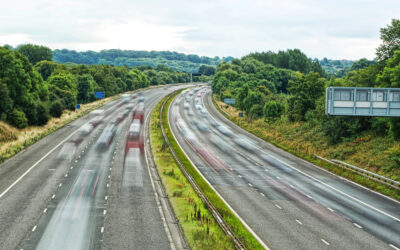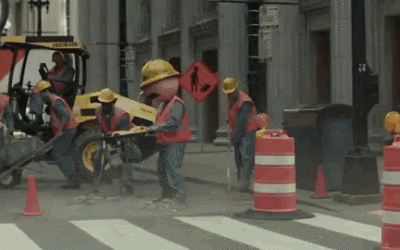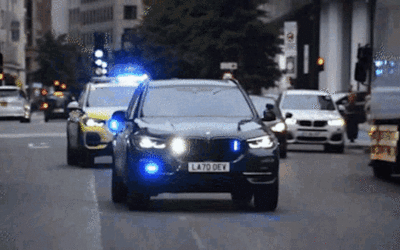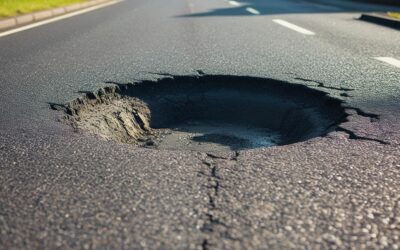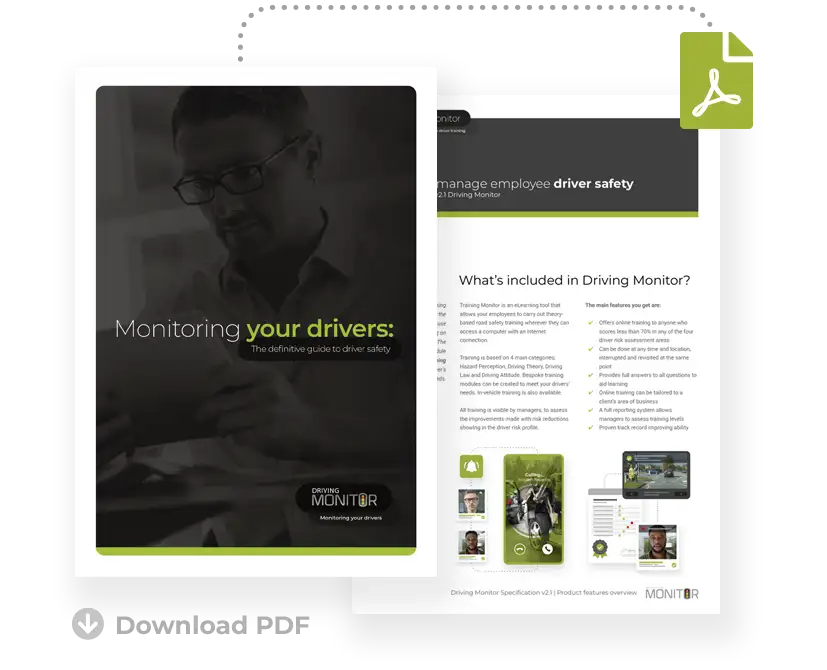Rules Around 20mph Speed Limit Areas To Be Strengthened
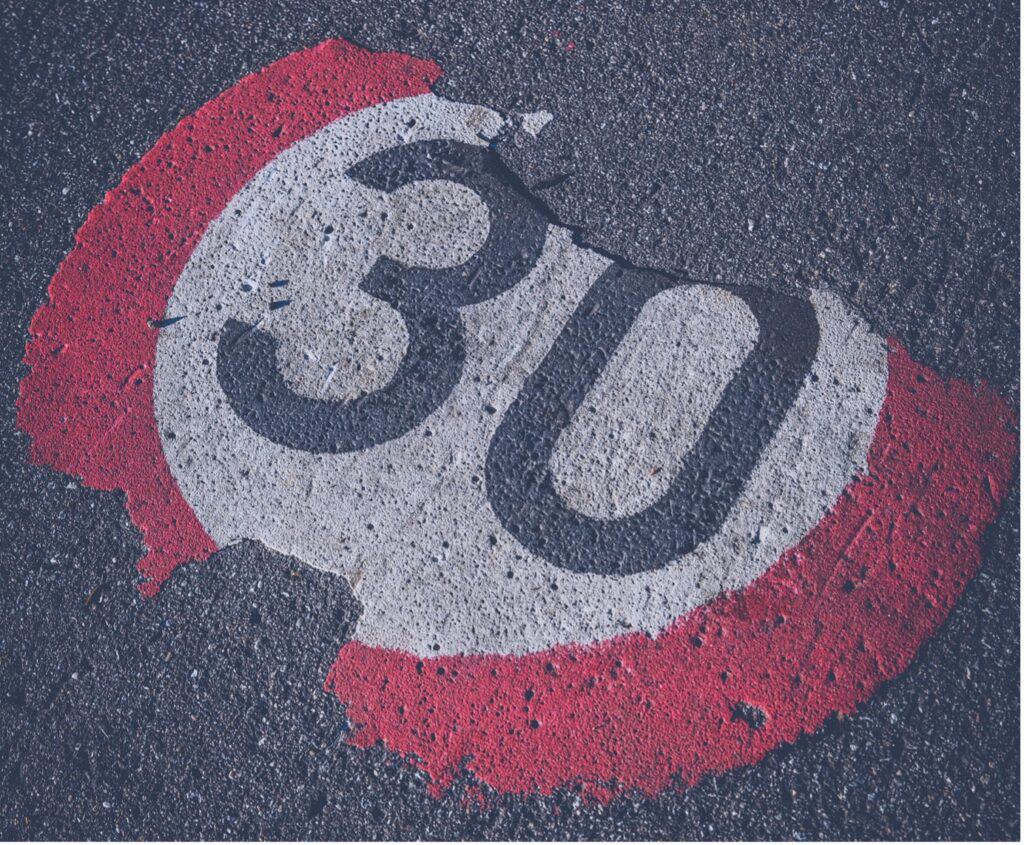
Last year, Wales officially welcomed in a new policy that saw speed limits in built-up areas reduce from 30mph to 20mph.
It’s been the subject of a lot of debate and discussion ever since, and the government has now published new rules to implement 20mph zones and low traffic neighbourhoods (LTNs).
It’s part of the ‘Plan For Drivers’ initiative, with ministers announcing a consultation period over plans to remove local authorities from having access to DVLA data to enforce 20mph and LTN schemes.
Instead, councils would have to gain support from local residents, businesses and emergency services before implementing any changes.
How Does The 20mph Speed Limit Work?
20mph speed limit zones are enforced on what are known as ‘restricted roads’…
That essentially means any roads that have lampposts every 200 yards or less, and it includes most residential and built-up areas.
It means that the Road Traffic Regulation Act 1984 will be changing from stating that it’s not lawful for a person to ‘drive a motor vehicle on a restricted road at a speed exceeding 30mph’ to state 20mph instead.
Anyone caught exceeding the 20mph speed limit will face a £100 fine and three points on their licence.
How Do Drivers And Fleets Feel About A 20mph Speed Limit?
For many drivers and local residents, it’s a positive… while for many others, it’s a negative.
It’s a hot topic and the government is keen to ensure that any schemes are only introduced once they’ve been shown to have public support. Many recent schemes that have been introduced without public support have caused significant disruption and generated negative press attention and feedback.
The key takeaways are that LTNs and 20mph zones should only be introduced in ‘sensible’ areas, such as outside schools, with safety and local support paramount to any decision.
The pros and cons to the decision are clear – at 20mph, it’s going to take you a fair bit longer to get to your destination than if you’re travelling at 30mph. And for fleets, that could add up to some serious extra time on regular routes.
But the flip side is around road safety and the safety of pedestrians and those who live in the residential areas where the speed limit would be affected.
A recent government review found that just 13% of residents have responded to local authority planning consultations on LTNs, with just 18% feeling they’ve had any influence on the decision.
As well as LTNs and 20mph zones, the consultation will focus on traffic light upgrades, with £50m of funding to be allocated to it. That includes £20m to reduce poor traffic light performance thanks to traffic-controlled lights that respond in real-time, with 80 highway authorities set to benefit from funding.
What do you think of 20mph speed limit zones and LTNs? Should other local authorities follow Wales’ decision? Would you support a similar change in the rest of the UK? Let us know in the comments below.
Recent Posts
- Is It A Bird? Is It A Plane? No, It’s A Flying Fleet…
- Road Traffic Levels On The Rise As Road Safety Concerns Grow
- Road Safety: Councils Told To ‘Prove’ Pothole Repair Progress To Access Funding
- Millions Of Vehicles Remain On The Road Despite Safety Recalls
- ‘One Third’ Of Local Roads Are At Risk Of Structural Failure In The Next Five Years

